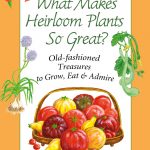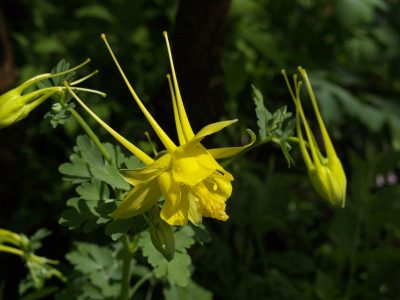How do I keep Texas sage (cenizo) fluffy, not skimpy?
One problem is hedging Texas sage (cenizo). These plants may tolerate being hedged for a few years, but they ultimately do not perform well when pruned in opposition to their natural growth habit.
If you need a shrubby hedge, choose another plant. Like many native species, cenizos prefer to be left alone, or only pruned occasionally, to remove twiggy, dead stems.
You might notice your cenizos struggling and getting leggy and be tempted to hedge them, but this usually means that they’ve been planted in an area incompatible with their need for bright sun and well-drained soil.
Since cenizos don’t produce new growth in their interior, hedging them removes most of the viable buds, setting up for a situation of sparse new growth on the outside, and non-existent growth on the inside. This eventually creates a plant that looks very strange, with very few leaves, even fewer flowers, and lots of airy space.
So be aware of your particular Texas sage’s ultimate height and width, and give it the amount of space that it needs to be really happy without the need for pruning. These plants will fill in, making them great for a living wall, just resist the urge to give them a boxy, hedge-like shape.

 Penny Smith-Kerker
Penny Smith-Kerker Judy Barrett
Judy Barrett Judy Barrett Book List
Judy Barrett Book List Daphne Richards
Daphne Richards
 Brandi Blaisdell
Brandi Blaisdell